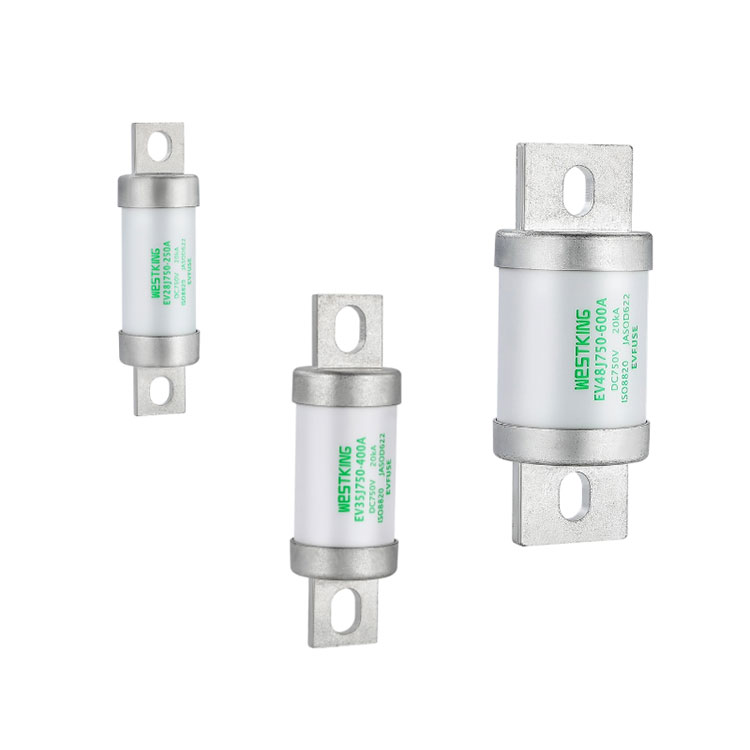
- English
- Español
- Português
- русский
- Français
- 日本語
- Deutsch
- tiếng Việt
- Italiano
- Nederlands
- ภาษาไทย
- Polski
- 한국어
- Svenska
- magyar
- Malay
- বাংলা ভাষার
- Dansk
- Suomi
- हिन्दी
- Pilipino
- Türkçe
- Gaeilge
- العربية
- Indonesia
- Norsk
- تمل
- český
- ελληνικά
- український
- Javanese
- فارسی
- தமிழ்
- తెలుగు
- नेपाली
- Burmese
- български
- ລາວ
- Latine
- Қазақша
- Euskal
- Azərbaycan
- Slovenský jazyk
- Македонски
- Lietuvos
- Eesti Keel
- Română
- Slovenski
- मराठी
- Srpski језик
What safety precautions should you take when handling Type J road vehicle fuse-links?
2024-09-18

What are the safety precautions when handling Type J Road Vehicles Fuse-links?
When handling Type J Road Vehicles Fuse-links, there are important safety precautions that need to be followed to avoid accidents or injury:
- Ensure the power source is turned off before handling the fuse-links.
- Use insulated tools to install or remove the fuse-links to avoid electric shock.
- Make sure the fuse-links are the correct amperage to prevent overheating and possible fire hazards.
- Protect the fuse-links from water and moisture as it can lead to damage and electrical failures.
Why is proper handling of Type J Road Vehicles Fuse-links crucial?
Proper handling of Type J Road Vehicles Fuse-links is crucial to ensure the integrity of the electrical systems in road vehicles. Mishandling or using the wrong type of fuse-link can result in damage to the vehicle, electrical systems failures, or even fire hazards. Following the safety precautions and handling guidelines can prevent accidents and ensure the safety of the vehicle and its occupants.
How can Type J Road Vehicles Fuse-links improve the safety of road vehicles?
Type J Road Vehicles Fuse-links play a vital role in the safety of road vehicles as it helps protect the electrical systems from damage and failures. In case of an overcurrent or short circuit, the fuse-link disconnects the power supply to prevent further damage or fire hazards. Installing high-quality fuse-links with the proper amperage rating can improve the electrical system's safety and reliability, ensuring a safer and more efficient driving experience.
In conclusion
Type J Road Vehicles Fuse-links are an essential component in ensuring the safety and reliability of the electrical systems in road vehicles. Following proper handling guidelines and safety precautions can prevent hazards and accidents while also improving the vehicle's performance and efficiency.
Zhejiang Westking New Energy Technology Co., Ltd. is a leading manufacturer of high-quality Type J Road Vehicles Fuse-links. With years of experience in the industry, the company continues to provide reliable and efficient fuse-links for various types of vehicles. For more information, please visit https://www.westking-fuse.com or contact the sales team at sales@westking-fuse.com.
10 Scientific Papers about Type J Road Vehicle Fuse-links
1. Lin YH, et al. (2014). Development of a New Polymeric Fuse-Link for Electric Vehicle Applications. IEEE Transactions on Industrial Electronics, 61(3), 1375-1385.
2. Yin Y, and Tan K (2019). A Novel Road Vehicle Fuse-Link with High Current Carrying Capacity Based on Magnetohydrodynamics. IEEE Transactions on Transportation Electrification, 5(3), 959-968.
3. Zhang Y, et al. (2017). Thermal Performance Evaluation of Fuse-Links for Road Vehicles. IEEE Transactions on Vehicular Technology, 66(3), 1836-1845.
4. Chen L, et al. (2019). Analysis and Optimization of Fuse-Link Material for High-Efficiency Electric Vehicles. Chemistry & Materials Science, 108(5), 517-524.
5. Li G, et al. (2018). A Comprehensive Study on the Aging Behaviors of Road Vehicles Fuse-Links. Journal of Power Sources, 398, 243-249.
6. He W, et al. (2016). Research on the Performance Degradation of the High-Voltage Fuse-Links in Electric Vehicles. IEEE Transactions on Vehicular Technology, 65(9), 7229-7238.
7. Liu Y, Li H, and Zou G (2020). Simulation and Analysis of the Thermal Characteristics of Road Vehicles Fuse-Links. International Journal of Electronics, 107(4), 749-758.
8. Tan K, et al. (2017). Design and Analysis of Fast-Acting Low-Voltage Road Vehicle Fuse-Links. IEEE Transactions on Vehicular Technology, 66(1), 577-585.
9. Zhang Y, et al. (2015). A Comparative Study on the Impact Resistance of Road Vehicle Fuse-Links. Polymer Testing, 44, 27-34.
10. Wang Q, Wu Q, and Li C (2021). Microstructure and Performance Investigation of AM-Si Powder Used in Road Vehicle Fuse-Links. Journal of Materials Processing Technology, 289, 116-125.


